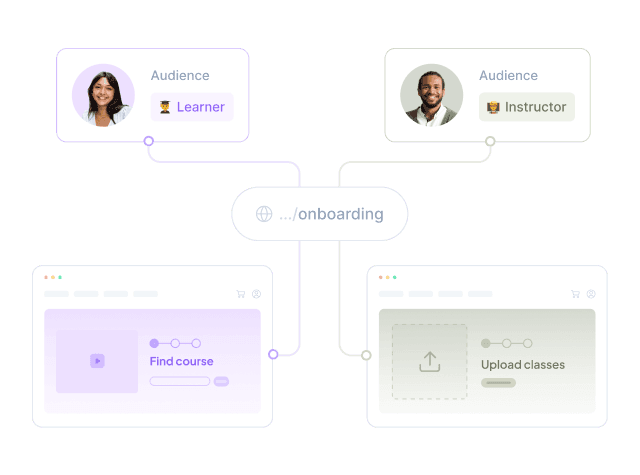Learn how Zapay leveraged user location to get a 27% increase in transactions
Digitalizing services is no longer just a passing trend; it's become crucial for boosting productivity, particularly in the public sector. As highlighted in a McKinsey article, this shift not only helps governments meet public expectations but also enhances efficiency and resilience. Govtech companies are at the forefront, aiding governments in becoming more transparent, responsive, and capable of delivering personalized services to citizens.
The global govtech market is projected to hit $400 billion by 2025, indicating substantial growth fueled by both new entrants and the expansion of existing startups.
One such example is Zapay, a Brazilian govtech founded in 2018. Zapay aims to simplify vehicle registration fee payments, providing customers with the convenience of handling their taxes from the comfort of their homes. By reducing bureaucracy, Zapay has already served 5 million people across Brazil.
Table of contents

Zapay’s Challenge
Ensuring reliability is a top priority for companies facilitating transactions between consumers and governmental organizations. Additionally, Zapay’s team aimed to simplify the process for customers to locate their debts by entering their vehicle's plate number into a form.
During market research, they discovered that each Brazilian state has specific calendars for vehicle charges, typically paid close to their due date.
A solution was needed to address the cultural diversity of Brazil while resonating with its audience. Personalization played a crucial role in crafting tailored communication for each state, streamlining the debt checking process, and generating offers that catered to each user's requirements.
Segmented messaging and optimized flows
Trust is paramount when encouraging consumers to embrace govtech services. Thus, creating segmented messaging made them feel closer to the brand at different stages of their journey, from visualizing tailored offers to checking their debts.
Rather than presenting a long static list of license plates and debts covering all states, Zapay incorporated personalization on their website. The objective was to provide information related to individual plate numbers when needed.
Taking into account the audience's tendency to pay debts close to the due date, which varies by state, personalization by geolocation enabled Zapay to display the correct deadlines for each user. This approach ensured that users received relevant and timely information, enhancing their overall experience with the platform.
Suppose a user from São Paulo visits the website and sees only the upcoming due dates relevant to their state. By excluding dates for other regions like Rio de Janeiro, the user can focus solely on the information they need, reducing unnecessary distractions.
In this user flow, the homepage banner serves as the main area for displaying important information such as due dates, available discounts, options for debt installments, and site security ratings.
Results and key takeaways
Utilizing personalization allowed Zapay to refine communication strategies and improve both user retention and acquisition. They emerged as a leading vehicle tax payment solution nationwide. With a remarkable 27% surge in transactions, a 2.70% enhancement in conversion rates, and $40,000 in Total Payment Volume (TPV) within just one month, Zapay experienced substantial growth in market share.
The growth cycle initiates as more users engage in transactions on Zapay’s platform. Subsequently, this data is relayed to marketing platforms like Croct to inform content creation tailored to drive conversions.
As new clients start using Zapay, the cycle gets stronger. Personalization leverages it in numerous ways. Here are some of them:
Message consistency: users see the same message that impacts them in other channels when they visit the website.
Increased relevance: each audience accesses relevant offers based on their search or browsing context.
Reliability: the company gets closer to the user by adopting an appropriate tone of voice.
Behavioral patterns: the growth team takes advantage of user behavior patterns to drive content creation.
Brand authority: analyzing user behavior allows the identification of opportunities to demonstrate expertise in the industry.
That’s a wrap
Creating optimized workflows and building trust in such a diverse country is challenging. Nevertheless, Zapay achieved unprecedented results through the analysis of user behavior in each state. Personalization allowed the company to act on these insights and leverage unique growth opportunities in each region.
Segmented communication enabled the company to gain traction with audiences in previously underexplored states, making it a reference in vehicle tax payments across the country.
Sign up for your free account today and learn how Croct can help your business gain authority with personalization.